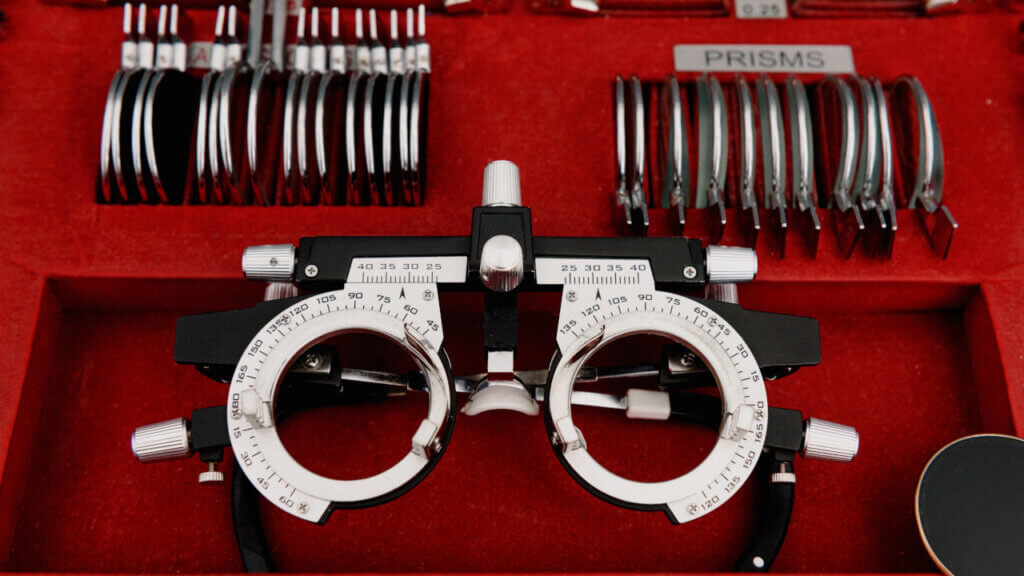
When a user decides to book a room via your hotel website, it might seem like the booking process is happening directly on your site.
NB: This is an article from Direct Your Bookings
However, this is not the case. In fact, they’re utilizing the booking engine integrated within your website. This brings us to an essential role of any hotel website: acting as a pathway that directs users from the website to the booking engine.
Subscribe to our weekly newsletter and stay up to date
The Importance of Tracking Micro Conversions
Such a redirection is often referred to as a ‘micro conversion’, a small but significant step in the overall customer journey.
By tracking how many people out of your total website visitors actually proceed to the booking engine to perform a search, you can gain valuable insights into user behavior.
However, Google Analytics 4 (GA4) does not automatically provide this crucial information. To retrieve it, you either have to calculate it manually or set up custom tracking.
To be specific, you need to track actions like clicking the “Check Availability” or “Book Now” button, or the completion of the search form on your website where users input details such as arrival and departure date, and the number of adults and children.
Extracting Actionable Insights from Your Data
Assuming that you have set up proper tracking for these events, you now have a wealth of information at your fingertips. How can we use this data effectively?
An easy way to get an overview is from the ‘Events Report’ in GA4.
By navigating through ‘Reports’, then ‘Engagement’, and finally to ‘Events’, you will be presented with a list of tracked events on your website.
Here, you may identify specific events, such as the instance when users click on the “Check Availability” or “Book Now” button. This event could be labelled as “booking_search” for example.
For illustration purposes, let’s say that during a given period, there are 3200 users that triggered the “booking_search” event out of a total of 9,300 website visitors.
Calculating Your Click Through Rate (CTR)
You can easily calculate the Click Through Rate (CTR) by dividing the number of users triggering the “booking_search” event by the total number of users.
Using our example, the calculation would be 3277 divided by 9338. The result is your CTR, which should ideally be high.
While you can always perform this calculation manually, Google Analytics offers a more straightforward way to understand these numbers using the ‘Explore’ section to create simple reports.
Visualizing Data with Google Analytics
In GA4, you can create a report that not only lists your event (“booking_search”), but also pulls in the total users metric.
While there are numerous metrics you could include, such as ‘session’ or ‘active user’, we’ll keep it simple for this demonstration.
After selecting ‘Event Name’ as your dimension and ‘Total Users’ as your metric, you can change the visualization type of the report in the ‘Explore’ section.
Switching from a table to a ‘Donut Chart’, for instance, offers a clear visual representation of your data.
This chart will show that the “booking_search” event, in our example, stands at a CTR of 35%.
A CTR of 35% is impressive, with 30% often being considered a benchmark.
If your CTR is below this figure, it indicates a need for optimization.
Conclusions
In conclusion, understanding and tracking micro conversions in your hotel website can provide actionable insights that enhance your booking engine’s performance.
Using tools like Google Analytics 4 enables not only tracking but also visualizing this data in an easily digestible form, thereby facilitating data-driven decision-making in your business.



